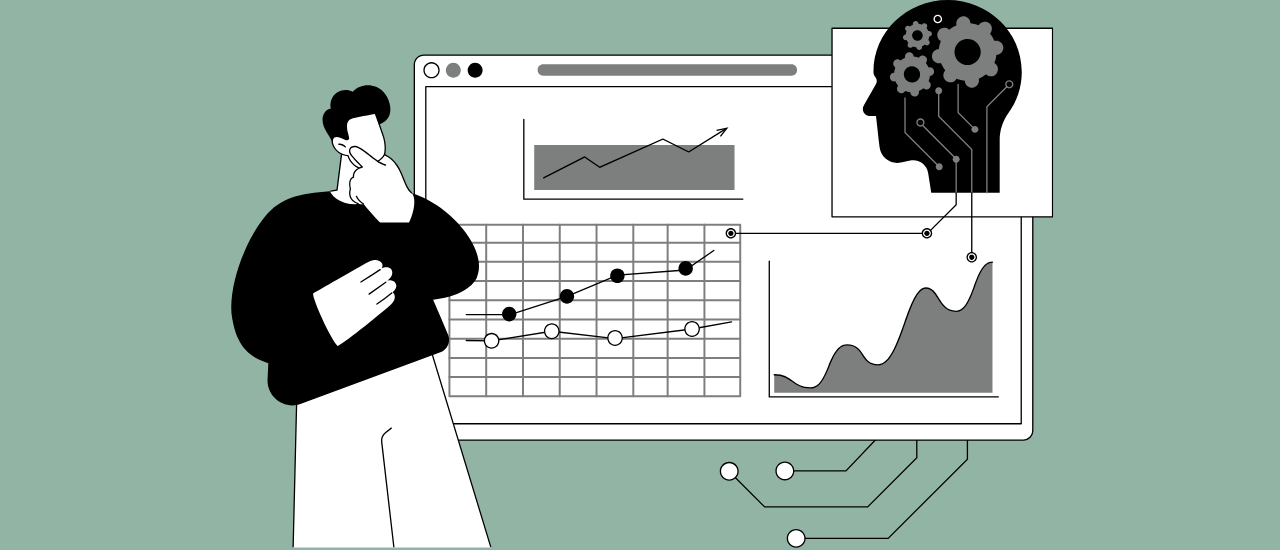Whether you’re in retail, manufacturing, or distribution, effective demand planning software, demand planning tools, and demand and supply planning software are essential to streamline operations, reduce costs, and enhance customer satisfaction.
The rise of digital commerce, globalized supply chains, and real-time consumer expectations has created unprecedented challenges in supply and demand balancing. Businesses that invest in the right planning technology gain agility, visibility, and control — while those relying on outdated spreadsheets risk falling behind.
What is Demand Planning?
Demand planning is the process of forecasting future customer demand to ensure that products are available when and where they’re needed. It involves analyzing historical sales data, market trends, seasonality, promotions, and other external factors to predict demand accurately.
Goals of Demand Planning:
- Minimize stockouts and overstocks
- Improve inventory turnover
- Enhance production and procurement planning
- Align inventory with customer needs and sales forecasts
- Optimize working capital and reduce storage costs
The Role of Demand Planning Software
Demand planning software automates and enhances the forecasting process, using advanced algorithms, machine learning, and real-time data integration. It empowers businesses to make data-driven decisions and respond quickly to market changes.
Key Features of Demand Planning Software:
- Forecasting Models
- Uses historical data and AI/ML to generate accurate demand projections.
- Scenario Planning
- Simulate different demand and supply situations (e.g., promotions, supplier delays).
- Real-Time Data Integration
- Pulls data from ERP, CRM, POS, and e-commerce platforms.
- Collaboration Tools
- Enables cross-functional input from sales, marketing, finance, and operations.
- Inventory and Procurement Linkage
- Aligns demand forecasts with production and purchasing schedules.
- Analytics and Reporting
- Dashboards, KPIs, and custom reports for visibility and decision-making.
Why You Need Demand Planning Tools
Demand planning tools help transform raw data into actionable insights. Unlike manual spreadsheets, these tools provide automation, accuracy, and scalability.
Benefits of Demand Planning Tools:
- Greater Forecast Accuracy: Reduce forecast errors by leveraging AI-driven models.
- Time Savings: Automate repetitive tasks and eliminate manual data entry.
- Enhanced Collaboration: Foster alignment across departments for unified planning.
- Faster Response to Changes: Adapt quickly to shifts in customer behavior, supply chain disruptions, or seasonal trends.
- Better Customer Service: Ensure product availability and timely fulfillment.
- Cost Reduction: Lower carrying costs, prevent obsolete stock, and streamline procurement.
Understanding Demand and Supply Planning Software
Demand and supply planning software combines both demand forecasting and supply-side planning into a single, integrated platform. It ensures that supply chain activities — procurement, production, logistics — are in sync with demand projections.
This holistic approach enables businesses to make smarter, synchronized decisions, improve responsiveness, and build a more resilient supply chain.
Key Capabilities:
- Supply Chain Network Optimization
- Balances inventory and capacity across suppliers, warehouses, and distribution centers.
- Sales and Operations Planning (S&OP)
- Aligns executive-level goals with operational plans using centralized data.
- Capacity and Resource Planning
- Ensures labor, equipment, and materials are available to meet forecasted demand.
- Inventory Optimization
- Reduces excess inventory while preventing shortages through safety stock calculations and reorder automation.
- Exception Management
- Flags potential issues like demand surges, supplier delays, or inventory shortfalls.
Best Demand Planning Software Solutions (2025)
Here are some leading tools that businesses trust for demand and supply planning:
1. SAP Integrated Business Planning (IBP)
- Combines demand, supply, inventory, and S&OP planning
- Strong analytics, scenario modeling, and AI forecasting
- Ideal for enterprise-level organizations
2. Oracle Demand Management Cloud
- Offers advanced demand sensing and demand-driven supply planning
- Cloud-native with real-time visibility
- Integrates well with Oracle ERP
3. Kinaxis RapidResponse
- Great for real-time, concurrent planning
- Combines demand, supply, and scenario analysis
- Highly suitable for complex, global supply chains
4. Blue Yonder (formerly JDA Software)
- Advanced machine learning capabilities
- Scales across retail, manufacturing, and logistics
- Features demand sensing, forecasting, and lifecycle planning
5. ToolsGroup SO99+
- Strong in probabilistic forecasting and inventory optimization
- Excellent for consumer goods and distributors
- Scalable and cloud-ready
6. NetSuite Demand Planning
- Integrated with NetSuite ERP
- Offers time-phased planning, seasonal analysis, and automatic reorder generation
- Popular with small to mid-sized businesses
Real-World Example: FMCG Retailer
A fast-moving consumer goods (FMCG) retailer with 500+ SKUs was struggling with excess inventory and frequent stockouts during peak seasons. After implementing an AI-driven demand and supply planning software, they achieved:
- 35% reduction in inventory holding costs
- 25% improvement in forecast accuracy
- 50% faster replenishment response
- 98% order fulfillment rate across online and offline channels
This shift helped the company scale smoothly, delight customers, and stay ahead of competition.
Choosing the Right Demand Planning Solution
When selecting demand planning tools or software, consider the following:
- Industry Fit: Choose a solution tailored to your industry’s supply chain complexity.
- Scalability: Ensure it can grow with your business — especially across multiple regions or SKUs.
- Integration: It should easily connect with your ERP, CRM, POS, and e-commerce systems.
- User Experience: A modern, intuitive interface reduces training time and encourages adoption.
- AI and Automation: Leverage tools that use advanced analytics, demand sensing, and predictive capabilities.
- Support & Community: Look for strong vendor support, regular updates, and a vibrant user community.
Future Trends in Demand Planning
As digital transformation reshapes supply chains, demand planning software will evolve further:
- AI-First Forecasting: Machine learning will improve precision, even in uncertain markets.
- Demand Sensing: Real-time insights from POS and e-commerce data will replace traditional batch forecasting.
- Omnichannel Planning: Retailers will unify online and in-store demand into a single forecast.
- Collaborative Planning Platforms: Stakeholders from across the organization will contribute to dynamic, rolling forecasts.
- Sustainability Metrics: Eco-conscious planning will be integrated into supply-demand balancing.
Conclusion
In a world where customer expectations are high and supply chains are under constant pressure, investing in the right demand planning software, demand planning tools, and demand and supply planning software is essential.
These technologies don’t just automate forecasting — they empower businesses to be proactive, agile, and resilient. By leveraging real-time data, AI-driven insights, and integrated supply chain visibility, you can make smarter decisions, delight your customers, and drive sustainable growth.
Whether you’re a small business seeking better forecasting or a global enterprise optimizing a complex supply chain, the time to upgrade your planning capabilities is now.


